In the mountainous terrains of Uttarakhand, where reliance on springs for drinking water is critical, the depletion of these sources due to climate change has posed significant challenges. To address this, Ms. Supriya Patil, Founder of Aadivasi.org, alongside Dr. Bikrant Tiwary, has leveraged her expertise in environmental conservation to spearhead an innovative water management initiative in Nai village. Their approach, blending traditional wisdom with modern technology, has resulted in the strategic placement of trenches and pits, utilizing GPS to optimize site selection. This initiative has already seen the construction of 2000 trenches and 200 ponds, estimated to harvest around 4 million liters of water, showcasing a sustainable model of community-driven environmental stewardship.
Beyond mere water storage, the project emphasizes community engagement and empowerment, particularly of women, who play a crucial role in the region's water collection efforts. With an 80% female participation rate, the initiative not only provides employment but also fosters skill development and leadership training. Through sustainable employment opportunities and training in crafting eco-friendly products, Aadivasi.org aims to enhance women's economic independence and environmental sustainability. In this interview, Ms. Patil delves into the intricacies of the project, exploring its financial model, community engagement strategies, and the broader social impacts it seeks to achieve.
Scroll down to read the full interview:
Q. The storage capacity of Chals and Khals is fairly impressive. Can you elaborate on the specific criteria used to determine the optimal size and number of these structures for Nainital's geographical area and projected water needs?
A. In the mountainous terrains of Uttarakhand, where reliance on springs for up to 90% of drinking water is critical, the impact of climate change has led to the depletion of these vital water sources over the last two decades. This situation has resulted in women traveling longer distances to find water, while men often migrate for work opportunities. To address this challenge, Dr. Bikrant Tiwary and I have leveraged our expertise in environmental conservation to establish self-help groups in Nai village, Uttarakhand. Through close collaboration with local communities, we conducted extensive surveys to understand rainfall patterns and identify barriers to rainwater replenishment. This informed our strategic placement of trenches and pits on mountain slopes. We pinpointed suitable sites for recharge activities using GPS technology, considering slope, land availability, and ownership factors. Our initiatives include plantation activities on steep slopes, check dams, percolation pits on medium slopes, and implementing percolation ponds and contour trenches in areas with gentle slopes. Despite resource constraints, we have made substantial progress in Nai village, digging 2000 trenches and constructing 200 ponds within two years, estimated to harvest around 4 million litres of water. We aim to replicate these efforts in neighbouring villages and seek support from individuals and corporations to expand our mission.
Q. Could you take us through the project's financial model? Are there revenue streams planned to ensure the initiative's long-term viability without relying on external funding?
A. Currently, we are primarily financing this intervention with our resources while closely monitoring the impact of these activities. Once we demonstrate the efficacy of our model, we anticipate that local communities will voluntarily contribute their time and labour to dig more trenches to secure their water supply. Additionally, we plan to seek partnerships with companies for CSR funds to expedite our work. Securing additional funds will facilitate the expansion of our initiatives to multiple villages, maximizing our impact across the region. Supporting activities such as planting trees alongside the trenches to reduce water runoff and promote soil infiltration will complement our efforts. Furthermore, ongoing maintenance tasks such as removing unwanted trees and clearing the trenches promptly will be essential for sustaining the project's success. CSR support can play a vital role in funding these critical aspects of our initiative.
Q. 80% female participation is commendable. How does the project specifically empower these women beyond just providing employment? Does it include skill development or leadership training opportunities?
A. In the mountainous regions where our project operates, women bear the responsibility of fetching water for their families, agriculture, and livestock. With many men migrating to cities for work, water scarcity disproportionately affects them. Over the past two decades, dwindling mountain springs have forced women to travel longer distances, facing hazardous conditions, especially during monsoons. This scarcity takes a toll on women's health, causing physical strain and associated issues like stomach pain and accidents from carrying heavy water loads. Our project focuses on spring water recharge, offering a transformative solution to alleviate women's water-related hardships and improve health outcomes for them and their families. As Bikrant and I plan to create sustainable employment opportunities for women, we ensure ongoing maintenance and monitoring of structures built, contributing to the initiative's long-term sustainability. Additionally, we aim to plant trees alongside the chal-khal, yielding Non-Forest Timber Products in the future. We provide skill development training to women for crafting handicrafts from pirul-pine needles abundantly available in the area. Addressing the forest fire risk posed by pine needles' slow decomposition not only enhances environmental sustainability but also offers economic opportunities for local communities. Through our initiative, Aadivasi.org, which Bikrant and I co-founded, we provide a direct market linkage for these products. This Impact commerce initiative enables individuals to support tribal welfare causes like tree planting, education, and feminine hygiene products while receiving handmade, eco-friendly tribal products as a token of gratitude.
Q. Can you describe the strategies used to engage the local community in the project's planning, execution, and ongoing maintenance?
A. We engage in capacity-building programs and community interactions to raise awareness about our project's purpose. We leverage the rich ancestral knowledge of local communities to design the project, with minimal external support. Community input primarily dictates the locations of trenches (chals) and percolation pits (khals). Recognizing the initiative's significance for their well-being, communities actively participate in all project phases. They will also undergo skill development training and contribute to maintaining the water structures created. We aim to foster micro-entrepreneurship, curbing migration to urban areas.
Q. How will the project be adapted to account for the diverse geographical and socio-economic realities of Jharkhand, Odisha, West Bengal, and Maharashtra?
A. In Jharkhand, Odisha, West Bengal, and Maharashtra, our strategies are tailored to the diverse landscapes and socio-economic conditions of each region. Through close collaboration with local communities, we aim to implement sustainable solutions for water scarcity challenges. Our approach focuses on creating water bodies, tree plantations, and fostering micro-entrepreneurship. We prioritize inclusivity and engagement to ensure a lasting impact. Currently, we are researching the utilization of abundant local resources such as bamboo and Kasi grass to develop sustainable goods that can be offered on Aadivasi.org.
Q. The project revives traditional practices. Have there been discussions about integrating modern rainwater harvesting technologies to potentially enhance efficiency or effectiveness?
A. Our approach is centered on leveraging local knowledge and wisdom while minimizing reliance on modern interventions to ensure sustainability, frugality, and ease of replication in adjacent areas. The project places a strong emphasis on reviving traditional practices, utilizing centuries-old techniques to address contemporary water scarcity challenges. While discussions regarding the integration of modern rainwater harvesting technologies have taken place to potentially enhance efficiency or effectiveness, our foundation remains rooted in traditional methods. However, we recognize the value of incorporating select modern innovations where appropriate. Any integration of modern technologies will be carefully considered to ensure compatibility with local practices and to maintain our overarching goals of sustainability and replicability.
Q. Can you elaborate on the specific ways the project might positively or negatively impact the local flora and fauna?
A. The project's impact on the local flora and fauna is significant. During the monsoon season, rainwater collects in the pits created by our project, gradually soaking into the aquifer instead of running off the land. This process not only recharges the groundwater but also preserves soil integrity, protecting local vegetation. Water is crucial for maintaining biodiversity, especially in the surreal and rugged Himalayan terrain. The recharge process, facilitated by natural springs, is vital, as these springs serve as essential water sources for agriculture, domestic needs, and natural forest regeneration, contributing to the region's overall ecological balance.
Q. Quantifiable metrics are important. How will the project's success be measured beyond the amount of water stored? Will there be social impact assessments to gauge community empowerment and long-term sustainability?
A. In our endeavours primarily focused on water storage, we also prioritize quantifiable metrics and assessing broader social impacts. While a comprehensive study is planned for the future, we've already observed notable successes extending beyond water storage. Using our "chaal & khaal" technique, we cover 8-9 hectares of land to create 1000 chaal khaalstructures, significantly enhancing soil moisture retention. This facilitates the growth of grasses, serving as valuable fodder for local cattle. Over three years, communities have reported harvesting approximately 20 jaal (head loads) of grass annually, increasing by five each subsequent year. At a local market rate of approximately 400 rupees per jaal, this translates to an additional income of around 8,000-10,000 rupees annually for the community. This tangible increase in income demonstrates the tangible benefits of our project beyond water storage, contributing to community empowerment and long-term sustainability.
Q. What are some of the potential unforeseen challenges you anticipate, and how does the project plan to address them?
A. An unforeseen challenge we anticipate is acquiring land from private owners, van panchayats (village-level forest institutions), and the forest department for the successful implementation of our project. Additionally, maintaining community motivation and engagement over time poses a continuous challenge. To address these challenges, we employ several strategies. Firstly, we actively research and identify new options to generate additional income for communities, ensuring sustainable livelihoods. Moreover, we continuously explore new locations and expand our network to facilitate the process of obtaining permissions for project implementation. We also believe, that knowledge of spring recharge management is not widely available in the education system, which can help develop interest amongst students for further scientific research. To address this, we aim to incorporate educational initiatives into our project, promoting interest and awareness among students. By promoting an understanding of spring recharge management, we hope to cultivate a new generation of individuals passionate about scientific research and environmental conservation.
Q. How will the lessons learned from Nainital be documented and shared with other communities facing similar water security challenges?
A. The lessons learned from our experience in Nainital will be meticulously recorded and share insights with communities facing similar water security challenges. We aim to create a valuable resource through comprehensive documentation of methodologies, challenges, and successes. This will encompass detailed reports, case studies, and best practices, emphasizing effective strategies in addressing water scarcity and fostering community engagement. Furthermore, we'll utilize workshops, seminars, and online platforms to disseminate this knowledge widely, inviting other organizations and CSR professionals to collaborate with us in expanding these initiatives to other states. Through facilitating knowledge-sharing and collaboration, our goal is to empower communities to implement sustainable solutions tailored to their specific contexts.



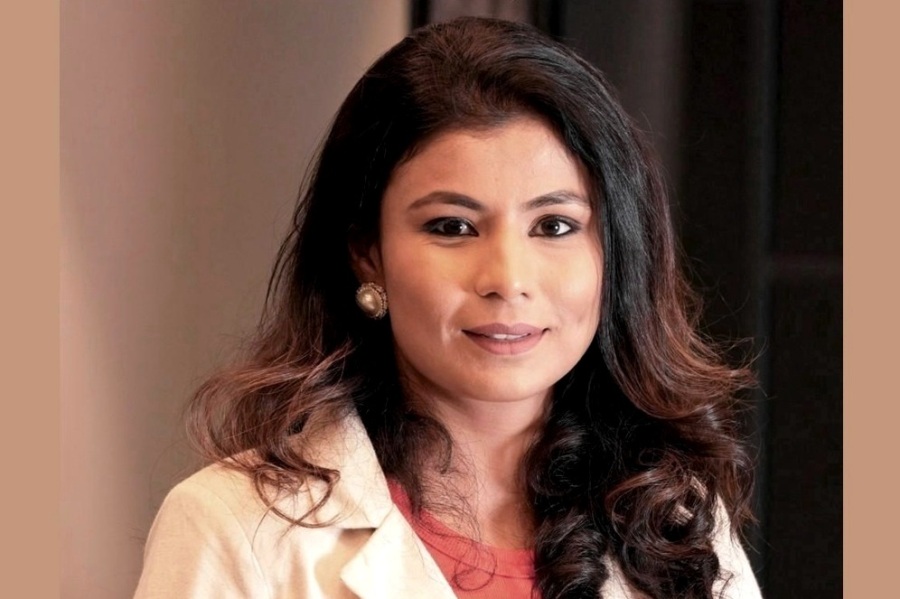
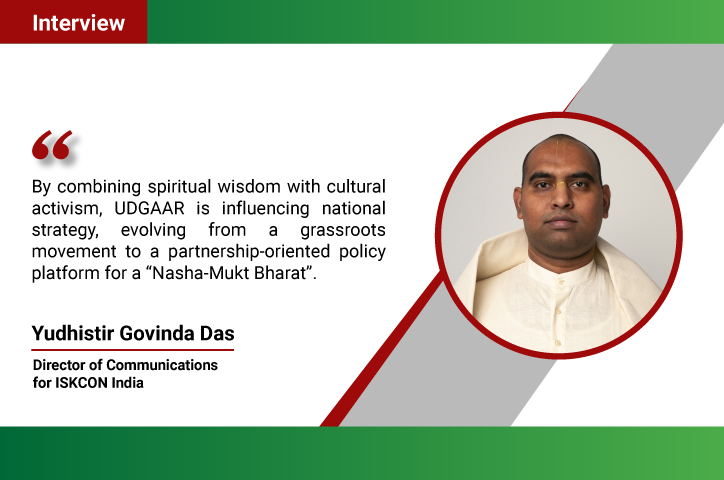




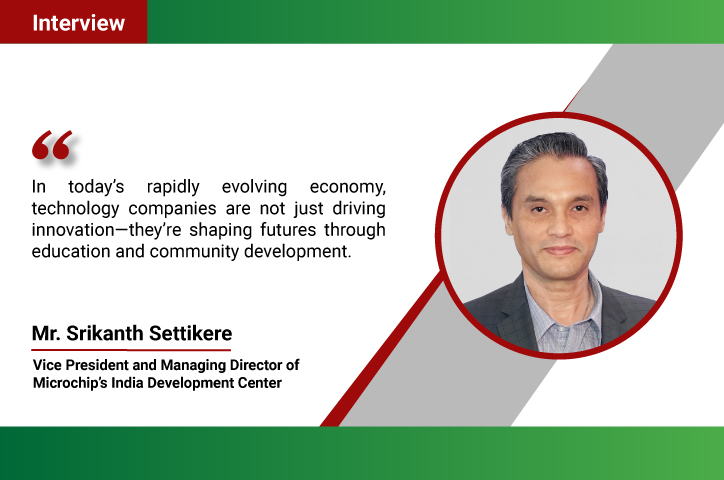
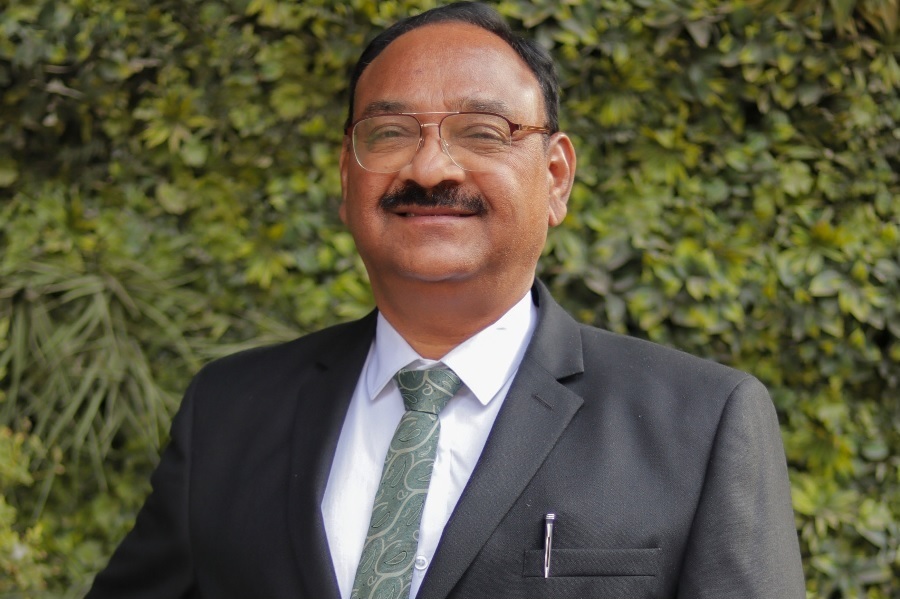
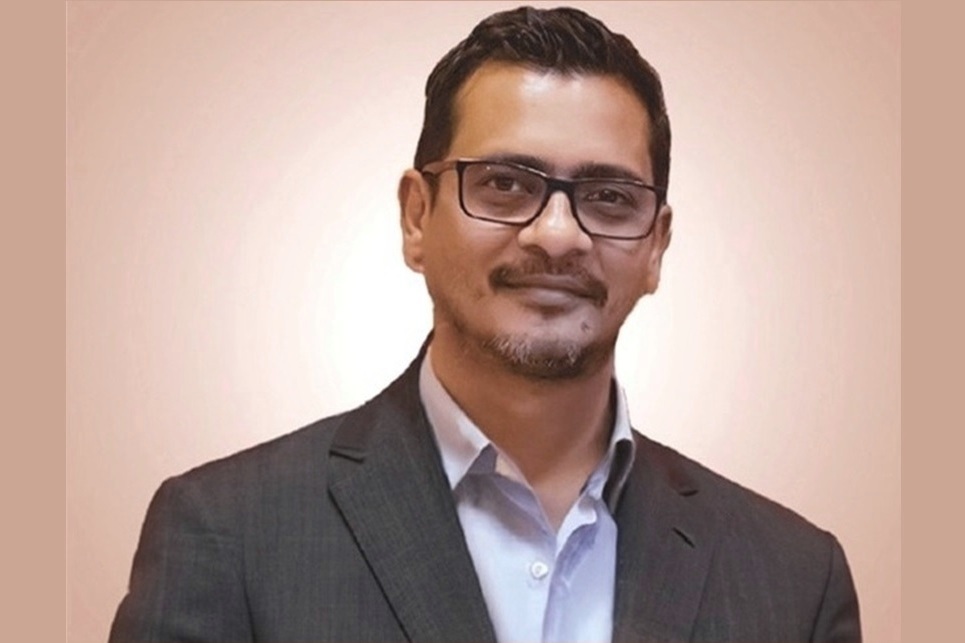

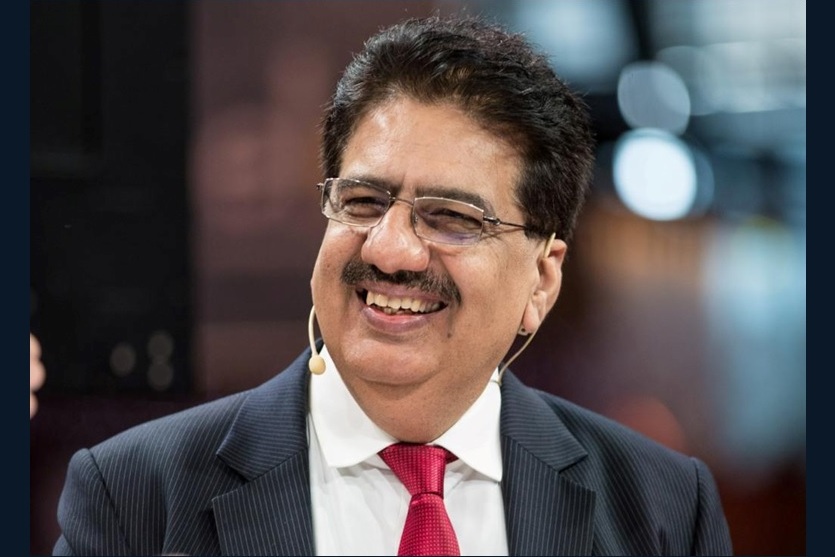
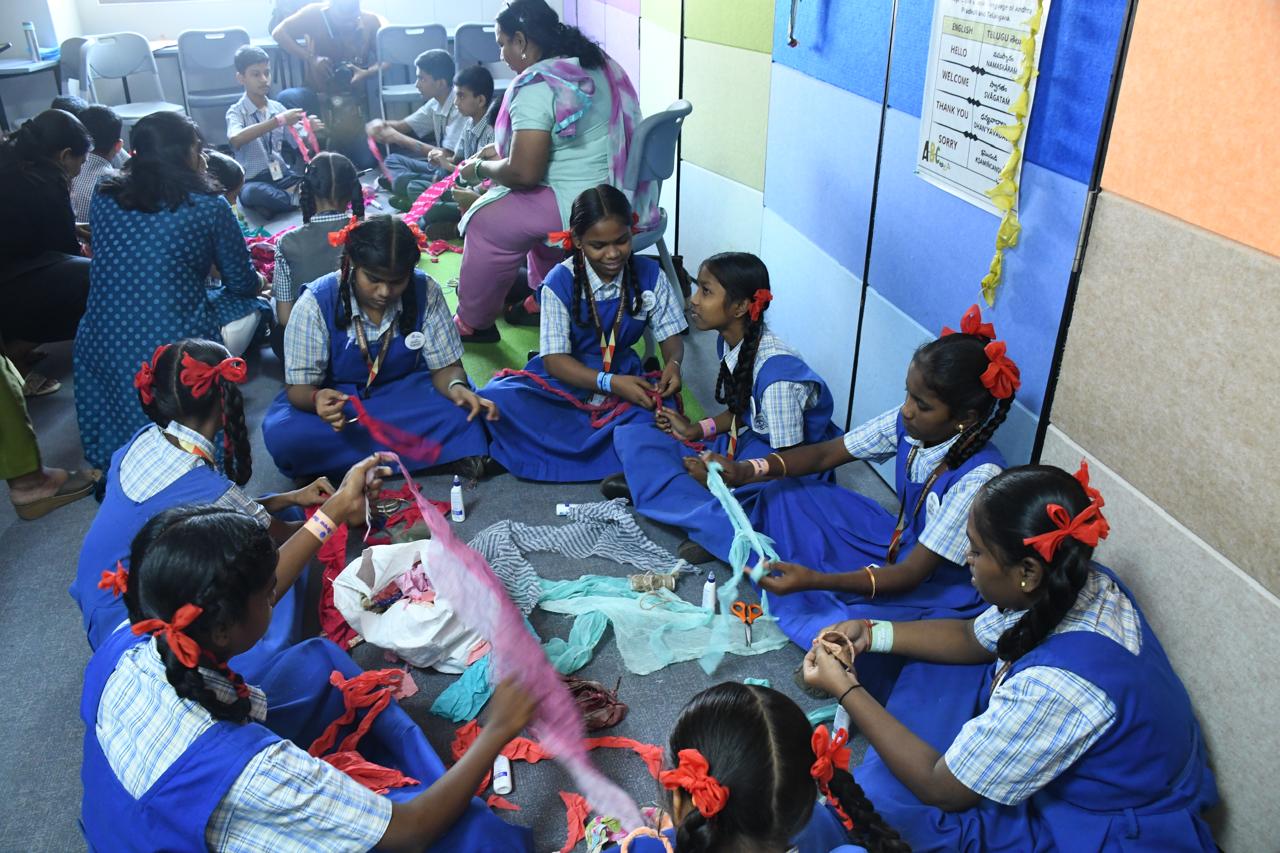

.jpg)




